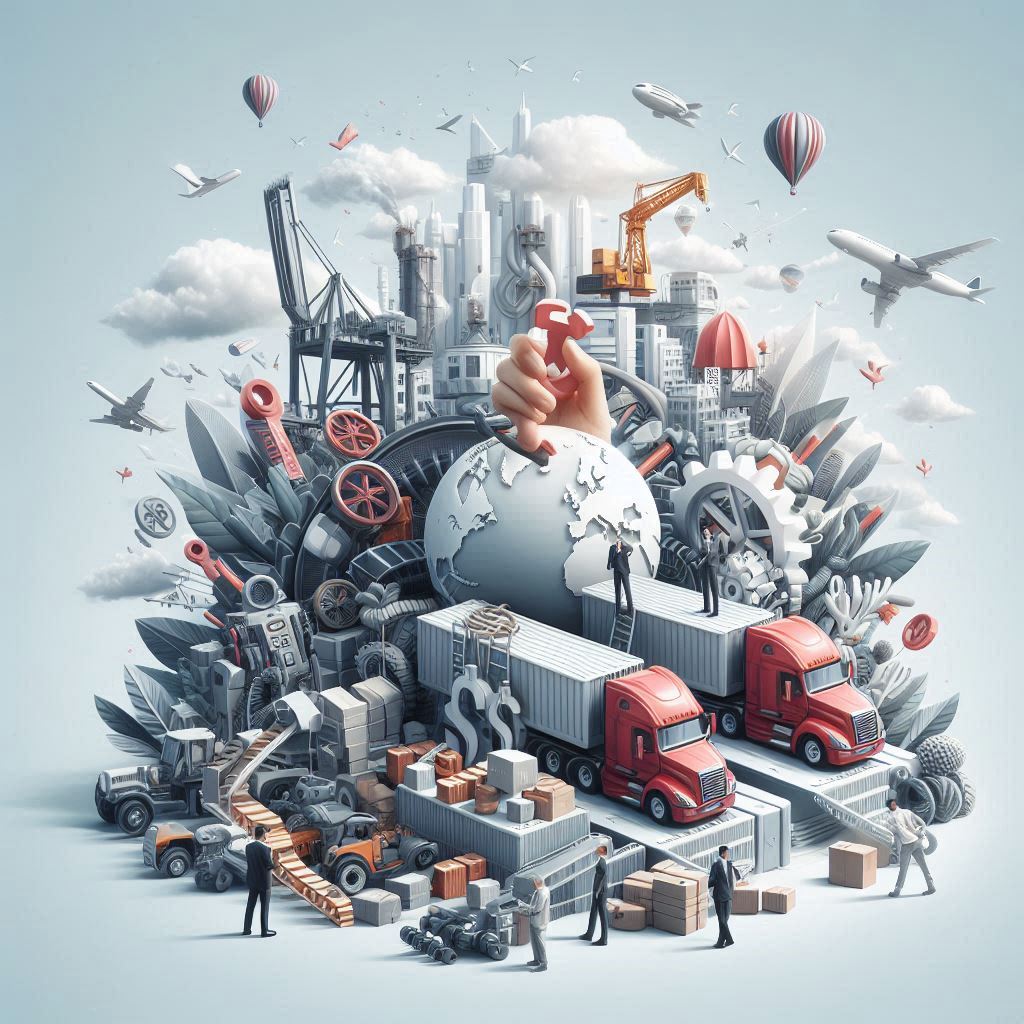
International trade tariffs are taxes imposed on imported goods, designed to regulate trade, protect domestic industries, or generate government revenue. These tariffs have been a cornerstone of global trade policies for centuries, shaping economies and international relations. Let’s dive deeper into their concepts, historical significance, and the pros and cons of their implementation.
Concepts Behind Trade Tariffs
Tariffs serve several purposes:
- Protectionism: By increasing the cost of imported goods, tariffs shield domestic industries from foreign competition. This approach is often used to nurture emerging industries.
- Revenue Generation: Historically, tariffs were a primary source of income for governments before the advent of income taxes.
- Trade Balance Adjustment: Tariffs can discourage imports, helping countries reduce trade deficits and promote local production.
Historical Context
The history of tariffs dates back to ancient civilizations like Greece and Rome, where they were used to regulate commerce and fill royal treasuries. During the Industrial Revolution, tariffs became tools for protecting nascent industries. For instance, the British Corn Laws of the 19th century imposed high tariffs on imported grain to protect local farmers, though they were repealed in 1846 to embrace free trade.
In the 20th century, tariffs played a significant role during the Great Depression. The U.S. Smoot-Hawley Tariff Act of 1930 raised import duties to protect domestic industries but led to retaliatory tariffs from other nations, exacerbating the global economic downturn. More recently, the General Agreement on Tariffs and Trade (GATT), established in 1947, aimed to reduce trade barriers and foster international cooperation.
Pros of Tariffs
- Boost Domestic Industries: Tariffs encourage consumers to buy locally produced goods, fostering economic growth.
- Job Creation: Protecting local industries can lead to increased employment opportunities.
- Fair Competition: Tariffs level the playing field for domestic producers against cheaper foreign alternatives.
- Government Revenue: Tariffs contribute to national budgets, funding public services.
Cons of Tariffs
- Higher Consumer Costs: Increased import prices often translate to higher costs for consumers.
- Trade Wars: Retaliatory tariffs can escalate tensions, disrupting global trade.
- Reduced Variety: Limited imports may restrict consumer choices.
- Economic Inefficiency: Protectionist policies can hinder innovation and competitiveness.
Current Tariffs and Trade Wars (2025)
In recent years, the U.S. has imposed tariffs on imports from countries like China, India, and the EU, citing unfair trade practices and intellectual property concerns. For example, tariffs on Chinese goods have reached up to 104%, while India faces a 26% tariff on its exports to the U.S.. These measures have led to retaliatory actions, creating uncertainty in global markets.
The U.S.-China trade war, one of the most prominent examples, stems from disputes over market access, technology transfer, and trade imbalances. While proponents argue that tariffs protect domestic interests, critics warn of inflation, reduced economic welfare, and strained international relations.
Conclusion
Tariffs are powerful tools in international trade, offering short-term benefits like protecting local industries and generating revenue. However, their long-term implications—such as higher consumer costs and potential trade wars—must be carefully considered. Balancing protectionism with free trade is essential for fostering sustainable global economic growth.
Thank you for being a part of this learning journey. Please share if you like it !
Gyaanology Team
Leave a Reply